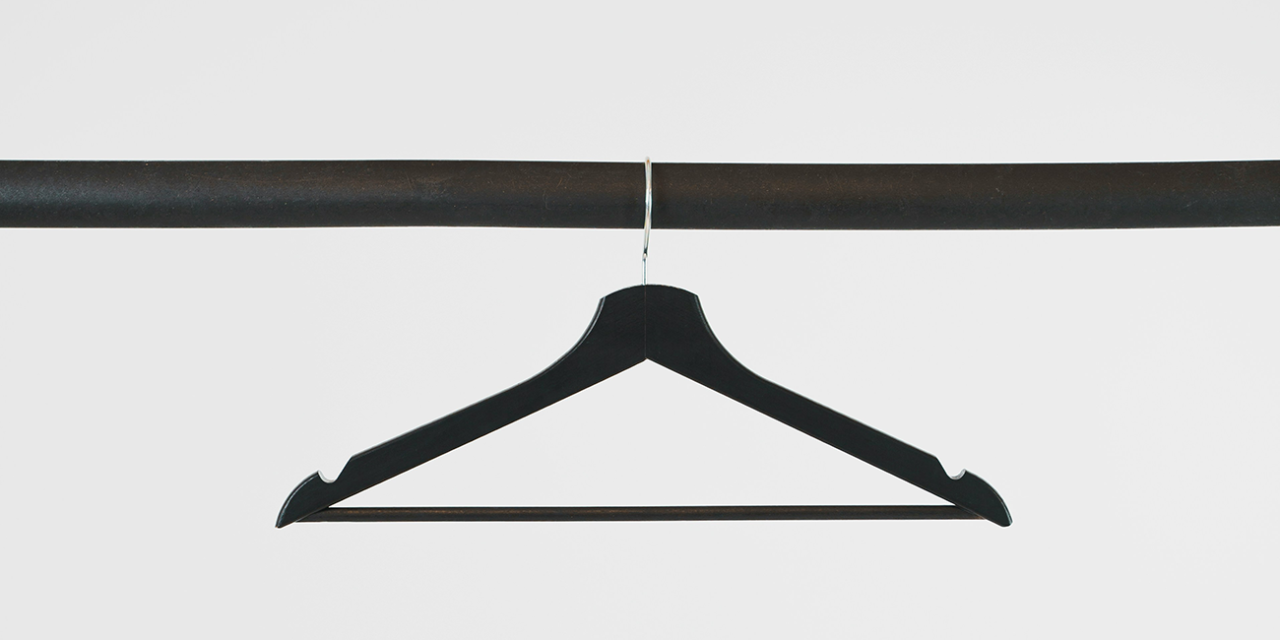The minimalist lifestyle is only for some.
I’ve always enjoyed living in tight spaces and daydreaming about what living on a submarine must be like. Wouldn’t a carpeted cave be an exciting place to call home?
When it comes to minimalism and keeping less, my mind is put at ease by knowing everything has its place. I’m not accumulating trash or needless goods. The benefits of a minimalist lifestyle also include:
- Rewiring of the brain and habits to start spending less
- Fewer items to pack if you move
- More space in the home or for the home office
- Lessened individual environmental impact on the planet
It might not be easy to begin your journey as a minimalist. But once you take the first step, it becomes easier to release the materialistic binds that so often minimize life.
Do you need help with how to embark on a minimalist lifestyle? Do you want to take your decluttering a bit further? As I always say, use it or lose it. But remember! Donate or gift your unused items whenever possible instead of throwing things in the trash.
Want to live a minimalist lifestyle? Go without a microwave.
We’ve been without a microwave for a few months and haven’t missed it. It seemed significant at the time, but not now.
Instead of keeping a large microwave and toaster on the counter, we donated both and now own a small toaster oven in the kitchen. It’s multi-use and allows us to heat food, bake, and toast when needed.
As another benefit, I’ve also noticed our eating habits have improved due to the absence of a microwave. Processed food is often microwaved most. I reach for a raw vegetable or fruit instead of making a bag of popcorn or heating sodium-rich soup when I want a snack.
If using a toaster oven, remember to plug the appliance into a wall outlet and avoid plugging into a power strip, as it can become a fire hazard.
Donate extra linens and bedding.
Time and use wear away at blankets, bring holes to sheets, and cause pillows to lose their fluff and luster.
After taking stock of our bedding situation, I noticed we had a couple of pillows we shied away from each night, making a discarded pile of pillows each evening. They seemed pointless to keep, so we added them to our outgoing donation collection.
Now, we keep the few pillows we like to use most each night and have more room in our queen-sized bed overall.
Part with piles of books & magazines.
I’ve always been a book lover, but my love of books became a problem.
A few years ago, after years of collecting books from thrift stores and bargain bins, our bedroom became consumed by mountains of books in every corner. Eventually, space became an issue, and I needed to make the decision to donate some of my collection. Hundreds and hundreds of pounds of books were given to a new home.
Books ultimately became the catalyst for my initial interest in a minimalist lifestyle.
Now, I keep the few reference books I value most and store a few personally sentimental books. Life feels much lighter – both mentally and physically.
As for magazines, unless they’re artsy collector’s items, they’re likely outdated and can be recycled instead of taking up space in your home.
Toss expired food and spices.
It’s incredible how quickly outdated food and condiments collect in the fridge.
Discard anything outdated or spoiled to avoid any food poisoning health risks. This also includes getting rid of any food you just don’t like and won’t end up eating. Keeping the food that will go unused only wastes space.
Spices not used often also tend to expire, so double-check your collection to ensure none are past their prime. Expired spices will start to lose their potency and dull in flavor potential.
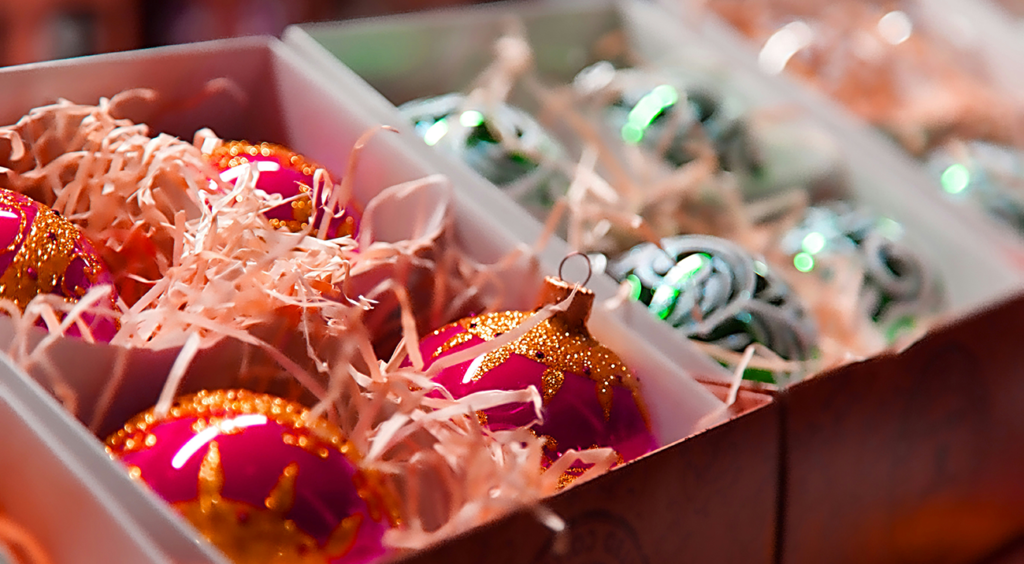
Go through the holiday decorations.
A few weeks ago, we popped open the Christmas decoration bin and found a few items to donate that we didn’t want to display any longer.
We’re already light on holiday decorations since we don’t decorate much for holidays like Halloween. We pretty much only decorate minimally for Christmas. The few items no longer needed tended to be mass-produced items and kept sentimental things like ornaments and handmade Christmas gifts from friends and family.
When shopping for gifts for others or preparing for the holidays, resist the urge to over-purchase decorations. Keep to your most prized showpieces and give them ample display space and room to shine.
Dispose of and trim dying houseplants.
Dying or sickly houseplants will invite opportunistic bug invasions. They could also cause plant-borne diseases to spread to your other houseplants — so it’s important to trim back or compost any plants that you won’t be able to save.
And don’t fret if you lose a plant! You can always support your local nursery and get more in the future. I’ve lost plants, but each loss has only taught me more about plant care and allowed me to diversify my collection with something different.
Remove the TV from the bedroom and live the minimalist lifestyle.
I’ve always been a big fan of keeping a TV on in the bedroom when falling asleep. But at 30 last year, I decided it would be a behavior I’d leave behind in my 20’s in the pursuit of my new minimalist lifestyle.
We donated the TV we kept at the foot of our bed, and I’ve slept so much sounder since. Each night before bed, we enjoy winding down and watching TV together, but we watch in the living room and then turn off the TV and head to bed when we find we’re first starting to doze off.
Barrett is a heavy sleeper, so gone are the days when I’d endlessly watch TV from bed, trying to fall asleep. In a constant state of awakened buzzing in the brain. What’s my new bad habit? I like to read complete Wikipedia entries on any topic, from beginning to end, from bed on my iPhone.
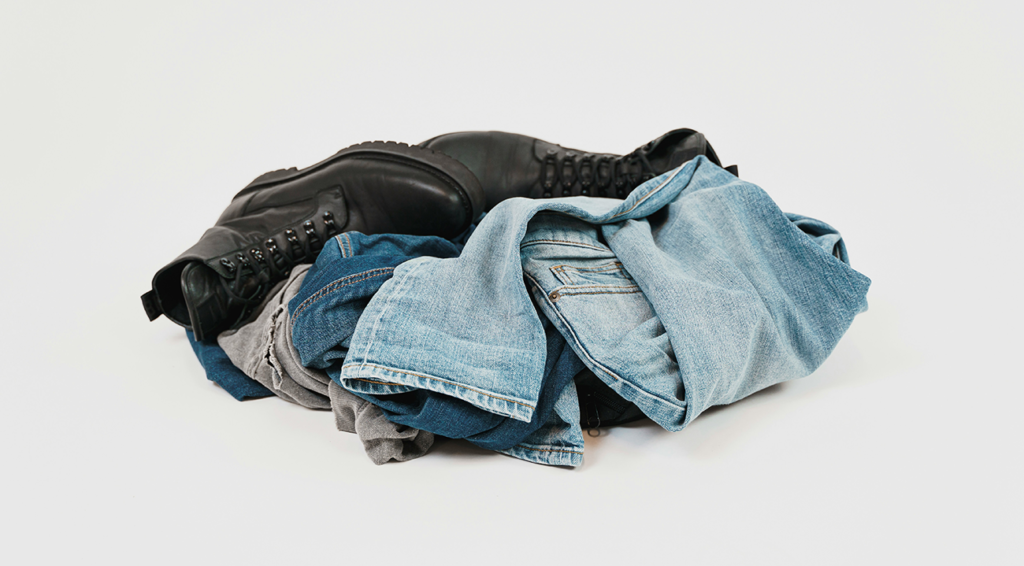
Consign or donate old or unused clothes.
Each new season is an excellent time to go through your wardrobe. See if you have any clothing items you don’t see yourself wearing again, have gone out of style, or are tattered and worn.
Sell any nicer shoes and attire at a local consignment store for additional income or cash to use for new clothes. Old underwear can be tossed.
Store keepsakes so they don’t collect dust.
Keepsakes tend to accumulate, so I display favorites in key places throughout the house and store the rest.
When I feel the decorations are stagnant, I pull out the keepsake bin and rotate a few items in and out.
This rotation of keepsakes helps to cut down on dust. It also renews my interest in each item by putting it out for some time and then re-unveiling it later.
Throw away the old makeup and bathroom supplies.
Makeup has an expiration date, so be sure to periodically check to see if any products need to be discarded.
In general, it’s best to throw away old makeup instead of donating to cut down on the spread of germs or any adverse effects from outdated substances.
Medications, vitamins and other bathroom supplies can expire, so check all labels when going through your bathroom stock. While cleaning out your bathroom, you’ll probably also find random products and items you don’t use for your hair or beauty regime. Take the opportunity to get rid of those too!
Minimalist lifestyle closet choice? Discard the wire or plastic hangers.
One hanger broken. Two hangers broken. Three.
Before we switched to wooden hangers instead of plastic, I was King at breaking the little buggers. Maybe it’s impatience, but I notoriously broke our thin plastic hangers when I quickly rushed to grab a t-shirt from the closet.
We’ve since replaced our plastic and miscellaneous wire hangers with substantial wooden hangers — and we haven’t lost any. In the long run, we’ve saved money by investing in the more durable hangers, and clothes hang better on the hangers with their deeper frames.
Ditch the old, unused, and outdated electronics.
When I go through all my many electronic tools, cords and pieces of equipment and accessories, I always find a few items I don’t use any longer. Even small items count! A few weeks ago, I got rid of a few SD cards that were only 8 GB in size. Much too small for my current portable storage needs.
I take any expensive electronics of high value and sell them online or give them to someone where the item could be used.
Table of Contents
What should a minimalist keep?
A minimalist should keep only the things necessary to maintain life (e.g., minimal tools needed for cooking, clothes, etc.). And a small collection of meaningful or nostalgic items.
If a household or office item goes unused for several months, there’s a good chance you won’t need it in the future. You might want to consider donating the item or giving it to someone who might get more use out of it!
How do I begin living a minimalist lifestyle?
You can start living a minimalist lifestyle in two steps.
First, stop purchasing any non-essential food or household items to allow yourself a chance to make an assessment.
Second, start reviewing your home room by room or in smaller sections. Donate, trash, or sell anything that no longer serves a purpose or has gone unused for several months and is not needed in the future.
Once you’ve gained traction in getting rid of unneeded items, you can pursue more advanced decluttering and minimalism. Consider the use and potential purge of microwaves, bedroom TVs, extra vehicles, and more.
How can I be a minimalist in 30 days?
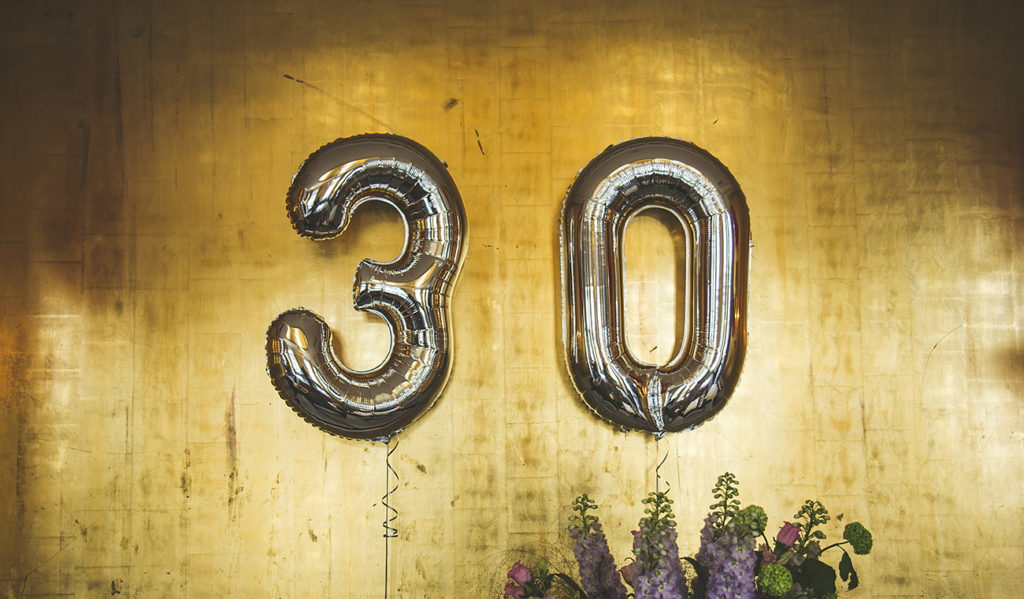
You can become a minimalist in 30 days by choosing a different area or room of your home to declutter each day.
Alternatively, you can also focus on minimizing a particular item each day instead of decluttering by area. For example, you can gather all electronics, cords, and batteries from throughout your home on your first day and focus on downsizing only those items.
Use the minimalist lifestyle tips above for ideas to focus on decluttering each day! Your 30 days to minimalism could also look something like this:
- Day 1: Purge electronics and cords, including kitchen appliances.
- Day 2: Donate unneeded linens, pillows and bedding.
- Day 3: Part with your piles of books and magazines.
- Day 4: Toss expired food and spices.
- Day 5: Go through holiday decorations.
- Day 6: Dispose of and trim dying houseplants.
- Day 7: Consign or donate any clothes and shoes you no longer wear.
- Day 8: Get rid of any keepsakes that are no longer meaningful.
- Day 9: Throw away old makeup and bathroom supplies.
- Day 10: Gather and toss any unused pens, pencils, paper and art supplies.
- Day 11: Go through all home office supplies and equipment for anything to donate or part with.
- Day 12: Dump out and purge any extra items in purses or handbags.
- Day 13: Clean vehicles and throw away any trash left inside or on the floors.
- Day 14: Declutter the junk drawer.
- Day 15: Consider more advanced minimalism by donating your microwave, bedroom TV, etc.
- Day 16: Donate and downsize any CD, DVD or VHS collection.
- Day 17: Gather and donate any unused toys and items for children in the household.
- Day 18: Donate power tools and any home improvement equipment or supplies no longer needed.
- Day 19: Minimize collections of eating utensils, plates, bowls and cups.
- Day 20: Donate artwork or decorations that no longer suit your style.
- Day 21: Deep clean counter surfaces, bedding and floors. Take a deep breath. Celebrate how far you’ve come. Through the rest of the 30-day process, you’ll spend time reviewing the rest of your home, decluttering room by room.
- Day 22: Declutter any outside spaces in the front or back of the home.
- Day 23: Declutter garage and/or sheds.
- Day 24: Declutter living room.
- Day 25: Declutter entry, mudrooms, and laundry rooms.
- Day 26: Declutter master bedroom.
- Day 27: Declutter spare bedrooms.
- Day 28: Declutter any office spaces.
- Day 29: Declutter the kitchen.
- Day 30: Declutter bathrooms.
Take your personal minimalism process day by day. Celebrate each accomplishment, and you’ll find at the end of one month, your entire home will be transformed into a more tranquil, gathered place where you can live more intentionally.
What is a minimalist lifestyle like?
The minimalist lifestyle is one of peace.
When you only keep what’s necessary and part with the unneeded, you begin to recognize how much we fall prey to marketing devices. They convince us to purchase products that don’t necessarily add value to our lives. As a minimalist, I have less of an environmental impact on the planet, have more space in my home and office, and use everything I own.
A few years ago, we decided to downsize to only one car instead of two since I work from home. We now save on a monthly car payment and avoid having to pay duplicate registration, fees, and more.
A life of minimalism tends to compound in returns.
Embracing Minimalism: Downsizing Your Home Living Space
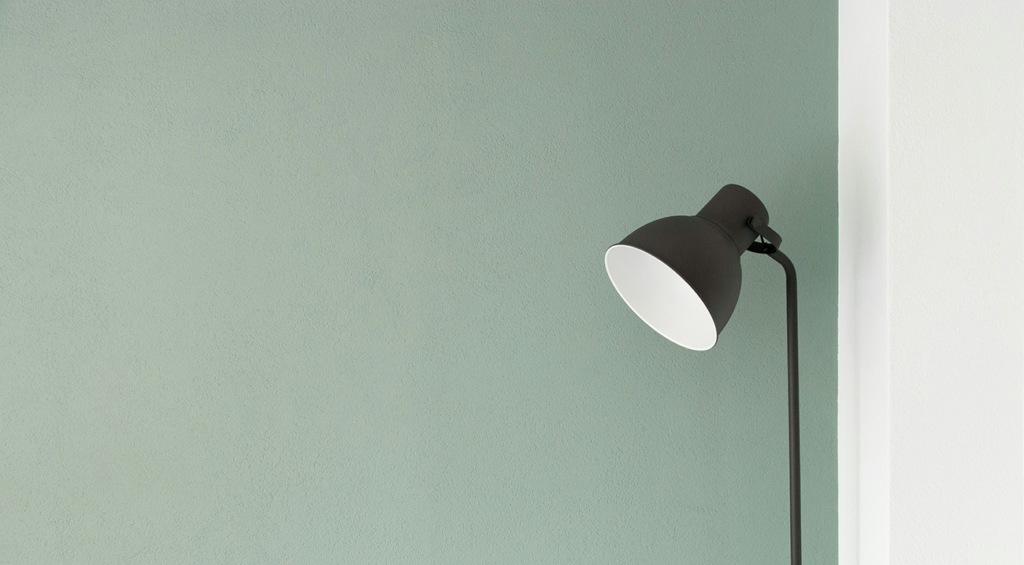
Are you overwhelmed by clutter and seeking a simpler life?
Or are you looking to downsize your living space to save money or reduce your carbon footprint? Whatever your reasons, going without can be both liberating and rewarding. In this blog post, I’ll share my journey towards downsizing my home living space and offer practical tips to help you.
Assess and Prioritize Your Belongings
Take Inventory
The first step in downsizing is taking inventory of your possessions. Go room by room, making a list of everything you own. This process will help you identify items you no longer need or use.
Prioritize Your Belongings
After taking inventory, it’s time to prioritize. Decide what items are essential for your daily life and which can be sold, donated, or thrown away. Consider the following questions:
- Do I use this item regularly?
- Does it bring joy or serve a practical purpose?
- Can it be replaced easily or inexpensively?
If an item doesn’t meet these criteria, it’s time to let it go.
Adopt the One-In, One-Out Rule
Establish a System
The one-in, one-out rule is a super straightforward yet powerful principle to help you maintain a clutter-free home. For every new item you bring in, you must eliminate an existing one. This rule will help curb impulsive shopping and focus on a minimalistic lifestyle.
Stay Consistent
Consistency is vital to maintaining your downsized living space. Make the one-in, one-out rule a habit, and you’ll notice a significant difference in your home’s organization and cleanliness.
Opt for Multi-Functional Furniture
Invest in Versatile Pieces
One way to save space is to invest in multi-functional furniture. For example, a sofa that converts into a bed, a coffee table with storage, or an extendable dining table. These versatile pieces serve multiple purposes while occupying less space.
Get Creative with Storage
In addition to multi-functional furniture, get creative with storage solutions. Use under-bed storage boxes, wall-mounted shelves, or over-the-door organizers to maximize your space.
Digitize Your Life
Embrace Technology
Going digital can save you a considerable amount of space. Instead of physical books, magazines, and CDs, opt for e-books, online subscriptions, and streaming services. You’ll be surprised how much space this can free up in your home.
Organize Your Digital Life
Digitizing your life comes with its own set of challenges. Organize your files, photos, and documents logically and efficiently to avoid digital clutter.
Reevaluate Your Home’s Layout
Maximize Your Space
Look closely at your home’s layout and assess whether you use your space effectively. Rearrange furniture, remove unnecessary items, and consider using vertical space for storage.
Embrace Open Spaces
In downsized living spaces, it’s essential to embrace open areas. Remove bulky furniture, avoid overcrowding, and create designated spaces for dining, working, or relaxing activities.
Rediscovering the Joy of Going Without
Downsizing your home living space is not only about decluttering and saving space. It’s about rediscovering the joy of going without and leading a more intentional, mindful life. As you embark on your journey, remember that the path to minimalism is personal and unique to each individual.
Take your time, be patient, and, most importantly, enjoy the process.
Now it’s time to reflect: How will you start your journey towards downsizing your living space? What items will be the most challenging to let go of? Are there any multi-functional furniture pieces that catch your eye?
Remember, every small step towards a simplified life brings you a bit closer to the ultimate goal of downsized living space and more mindful existence.
Happy decluttering!
Extreme Minimalism: Living Without in Home and Office
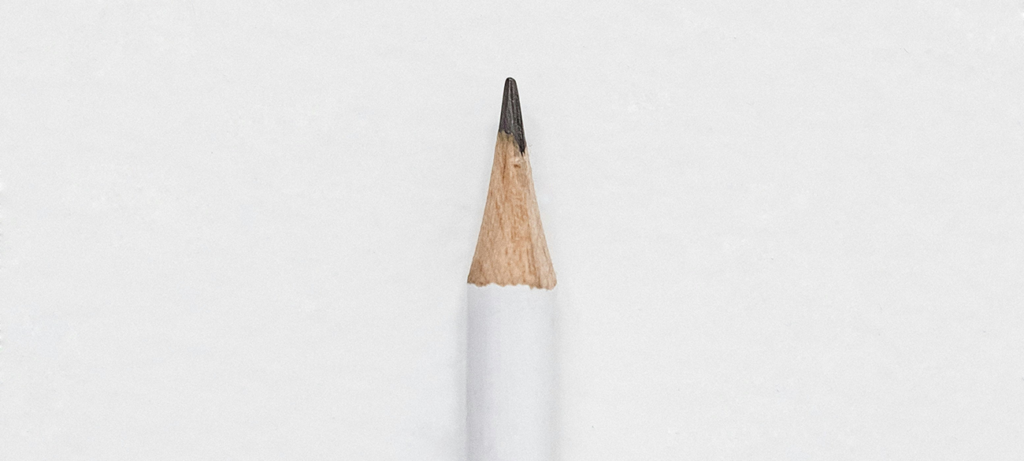
Have you ever considered how much “stuff” you accumulate over time?
I know I have.
It’s incredible how clutter can creep up on us, crushing our living spaces. That’s when I discovered the world of extreme minimalism and decided to try it in my home and office. In this blog post, I’ll share my journey and offer tips on how you can live without unnecessary items in your home and workspace.
Are you ready to embrace a simpler, more focused life?
The Principles of Extreme Minimalism
Possess Only What You Need
The first step in adopting extreme minimalism is identifying what you truly need.
This involves assessing the items you own and determining their necessity. While some things are essential, like clothing and basic furniture, many items can be discarded or donated without negatively affecting your daily life.
Cherish Your Belongings
Once you’ve narrowed your possessions, learn to appreciate and care for them. This will help you resist the urge to accumulate more things, as you’ll be content with the items you have.
Embrace Simplicity
Minimalism isn’t just about reducing material possessions; it’s also about adopting a simple, uncluttered lifestyle. Embrace simplicity by focusing on what truly matters and eliminating distractions and time-wasters.
Implementing Extreme Minimalism in Your Home
Declutter Room by Room
Tackling your entire home may feel overwhelming, so breaking the task down into much smaller, more manageable steps is essential. Start by decluttering your living spaces one room at a time, and remember to celebrate your progress.
Consider Multipurpose Furniture
Invest in furniture that truly serves a bunch of functions, like a sofa bed or a dining table that doubles as a workspace. This will help you save space and reduce the items you need in your home.
Adopt a “One In, One Out” Rule
Consider adopting a “one in, one out” rule to prevent accumulating clutter. This means that for every new item you bring into your home, you must remove or donate an existing item.
Creating an Ultra-Minimalist Office Space
Go Paperless
One of the most significant sources of clutter in an office is paper. To create a minimalist office space, try going paperless by using digital tools and cloud storage for your documents.
Prioritize Your Workspace
A clean, organized desk is crucial for productivity. Ensure your workspace is free of distractions and contains only the essentials for your work. This might include your computer, a notebook, and a pen.
Use a Minimalist Color Palette
When designing your office space, opt for a minimalist color palette, like shades of white, gray, and black. This will help create a calming, focused atmosphere.
The Benefits of Extreme Minimalism
Increased Focus and Productivity
With fewer distractions and a more carefully organized environment, you’ll find it easier to concentrate on your tasks at home and in the office.
Reduced Stress
Clutter can be a gigantic source of stress. By embracing minimalism, you’ll create a peaceful, clutter-free environment that promotes relaxation and tranquility.
Financial Savings
By owning fewer possessions and focusing on quality over quantity, you’ll likely spend less money on items you don’t need, leading to significant financial savings.
Embrace the Change
Living without unnecessary items in your home and office may seem daunting initially, but the benefits of embracing extreme minimalism are worth the effort. As you journey through this transformative process, you’ll notice its positive impact on your mental well-being, productivity, and finances.
Remember, the key to your long-term success is taking it one step at a time and consistently evaluating the items and habits in your life. Are you ready to jump extreme minimalism? What areas of your life could benefit from this approach? How will you maintain your newfound minimalist lifestyle in the long run?
Together, we can navigate this exciting journey towards a simpler, more fulfilling life.
Items to Remove for Extreme Minimalism in Home and Office
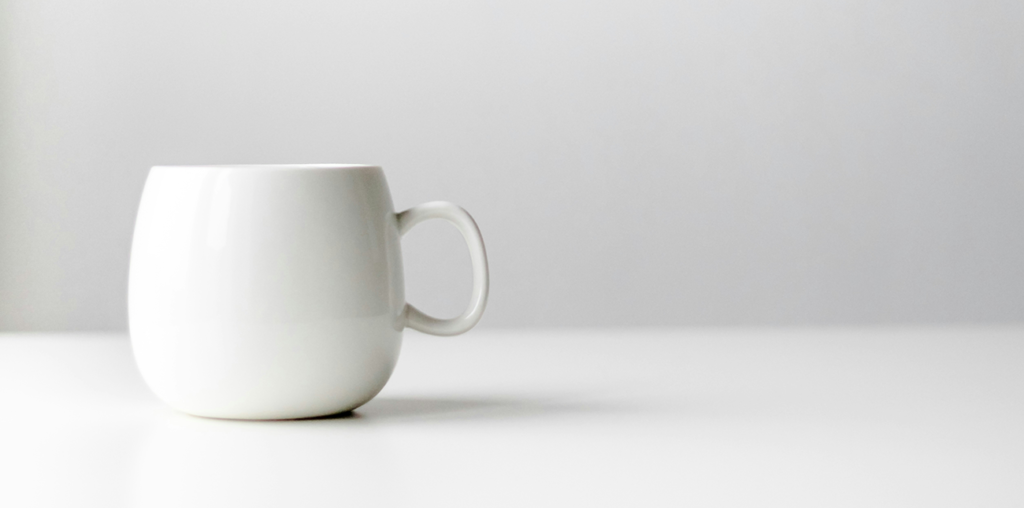
Here’s a list of items you might want to consider getting rid of to embrace extreme minimalism in both your home and office:
Home:
- Excess clothing and shoes: Keep only what you wear frequently and versatile items that can be combined.
- Unnecessary kitchen gadgets: Stick to essential tools and multi-purpose appliances.
- Excess dinnerware and glassware: Pare down to a minimal set that meets your daily needs.
- Duplicate items: Keep only one item, such as scissors, measuring tapes, or screwdrivers.
- Sentimental items with no purpose: Digitize photos and letters and only keep a few meaningful things.
- Unused electronics and cords: Recycle or donate old gadgets, and keep only the cords you actively use.
- Decorative items that don’t add value: Focus on a few meaningful pieces that bring joy or have a specific purpose.
- Unread books and magazines: Donate or recycle books you’ve already read or don’t plan to read, and cancel unnecessary magazine subscriptions.
Office:
- Paper clutter: Go paperless by scanning documents, using digital tools, and setting up cloud storage.
- Excess office supplies: Keep only the essentials, like pens, pencils, and paper clips, and donate or recycle the rest.
- Outdated reference materials: Update your resources with digital versions or recycle outdated materials.
- Physical business cards: Store contact information digitally and discard physical cards.
- Unnecessary desktop items: Keep your desk clean and focused by removing non-essential items, like excessive decorations and knick-knacks.
- Unused or broken office equipment: Donate, sell, or recycle equipment that’s no longer needed or functional.
- Cables and chargers for obsolete devices: Keep only those compatible with your current devices.
Extreme minimalism is about keeping only what you truly need and use. Removing these items from your home and office will create a more focused, organized, and stress-free environment.
20 Things to Declutter and Throw Away Around the House or Office Immediately
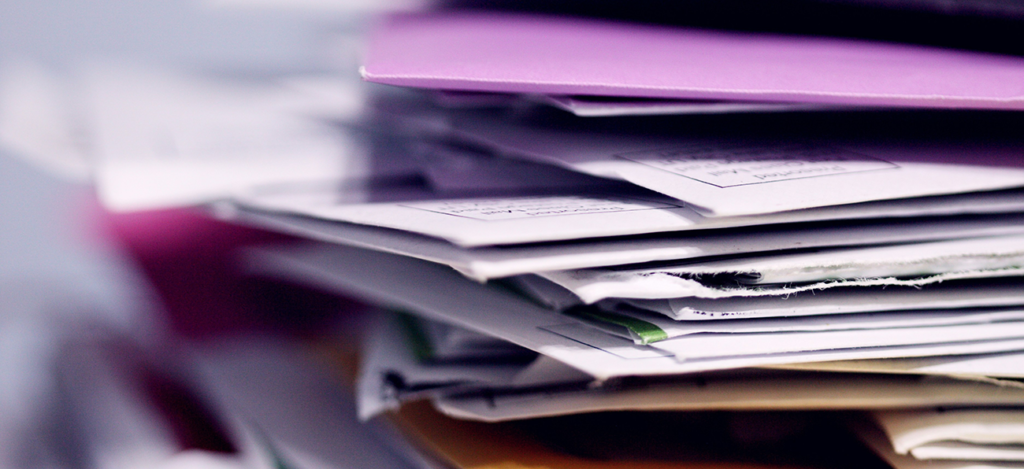
There are many things to declutter and throw away around the house, from unused plastics to extra magazines you’ve already read.
Although it’s not the most fun to face, taking the time to rid your home, office, property or any space of unused, broken, old or extra items is a great way to free your life of unnecessary stress and strain.
A List of Things to Declutter
- Plastic and Metal Wire Hangers — Getting rid of our plastic hangers and switching to wooden hangers has been a great way to consider each clothing item’s importance and slim down the wardrobe.
- Expired Food Items & Medication — Throw out any food, spices, or medications that have expired. You’ll cut down on the clutter in addition to avoiding any unsafe or unhealthy expired items. If you have food storage, be sure to rotate out and/or use any food items close to expiring too.
- Worn Socks & Undergarments — If any socks or undergarments have holes or fringed edges, it’s best to throw them out and replace them. You’ll feel best starting your day with a fresh set of intact socks and underwear.
- Miscellaneous Cords & Electronics — We all have a box or drawer of random electronics and cords that have built up over time. Donate or throw out any cords you’re no longer using or have multiples of.
- Confront the Junk Drawer — We all have one—the infamous junk drawer. Depending on the depth of your junk drawer’s issues, you may want to spend a full day going through its intricacies.
- Empty Pens & Used Pencils — Rid yourself of pens that are out of ink or pencils that have been sharpened to oblivion.
- Extra Sets of Knives — Keep your favorite set of knives sharp and ready for use and discard the rest.
- Useless Cooking Utensils & Tools — Every time I declutter my kitchen, I find a few tools I would deem pretty much useless to have around. Now is the time to toss out those random kitchen products you purchased late at night from TV years ago and haven’t used.
- Old Rags and Towels — I like to use all my handtowels and rags well before throwing them out, but they need to go once they reach a ragged point.
- Unloved Decorations — Decluttering your home also includes considering each decoration and deciding if you genuinely want it displayed in your home or not.
- Rotate Your Mattress & Declutter Under the Bed — Decluttering your home is a good time to rotate your mattress. While you’re at it, check under your bed for any items that can be tossed.
- Unused Plant Containers & Pots — After purchasing many houseplants and garden plants, lots of plastic containers, trays, and pots can build up. Toss out the plastic plant containers if you don’t have any use for them.
- Email Inbox — Decluttering can take digital form, too, so don’t forget to declutter your email inbox along with the rest of your home.
- Books You’ve Finished Reading — I used to hoard and collect all books I’ve ever had, but I now release some that I’ve read through a few times, as a large collection can become bulky and difficult to move. I now have a collection of favorite books that are sentimental or hold extra value to me.
- Plastic Food Storage Containers — Consider switching out your plastic Tupperware for longer-lasting glass food storage containers.
- Old Receipts & Financial Documents — I generally only keep receipts for the past three years in case of an audit, and those who hope to recoup bad debts or other situations may want to keep up to seven years of past receipts.
- Clothes That Don’t Fit — Now is the perfect time to get rid of any clothes that don’t fit or are out of style.
- Surplus Mugs & Water Bottles — Often, logoed gift mugs and water bottles from work or friends can build up and collect in the cabinet. Keep your favorites and get rid of the rest.
- Piles of Magazines — Stacks of magazines can add up quickly, with any you don’t have an emotional attachment to being prime candidates for rehoming.
- Anything Broken — It’s best to part with any items in the home that are broken. Free your mind and space, and let it go.
The process of decluttering doesn’t happen in a day, so be sure to pace yourself and take each item step by step. You can do this.
Remember, many people need many household items, so be sure to donate what you can first before placing it directly in the garbage.
How can I declutter my house quickly?
Declutter your house quickly by focusing on single items or themes to organize instead of looking at decluttering your home as a whole. Thinking smaller will keep you from getting overwhelmed with the project.
What should I get rid of when decluttering?
We fail to recognize many things have built up in our homes that can be rid of when decluttering. When analyzing the items in your home, rid yourself of any unused items, or hold little value and importance in your life setting.
How can I declutter my home in 30 days?
Are you looking to declutter your home in 30 days? Focus on one of the items above daily through the month as your goal to declutter.
I’ve found that by making decluttering a daily habit, my home remains clutter-free instead of certain areas or items building up and becoming a problem.
How much does it cost to declutter a house?
You can declutter your house for free if you do the work yourself!
You can hire an outside person or service to help speed up the process and guide your hand, but it’s also possible to do so yourself in smaller, slower chunks of time.
Ask a close friend or trusted family member to assist you and give input during the process!

